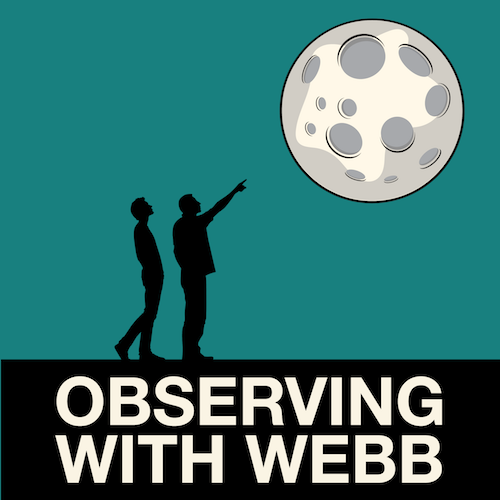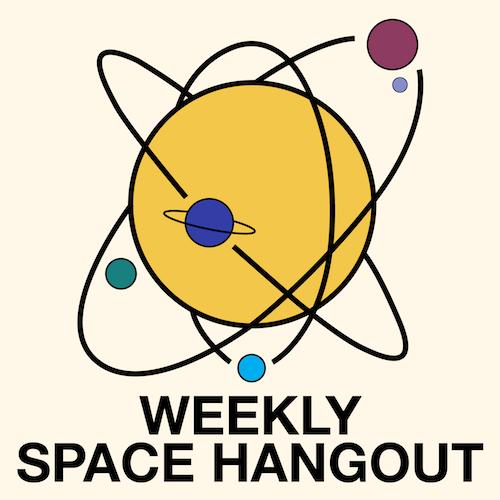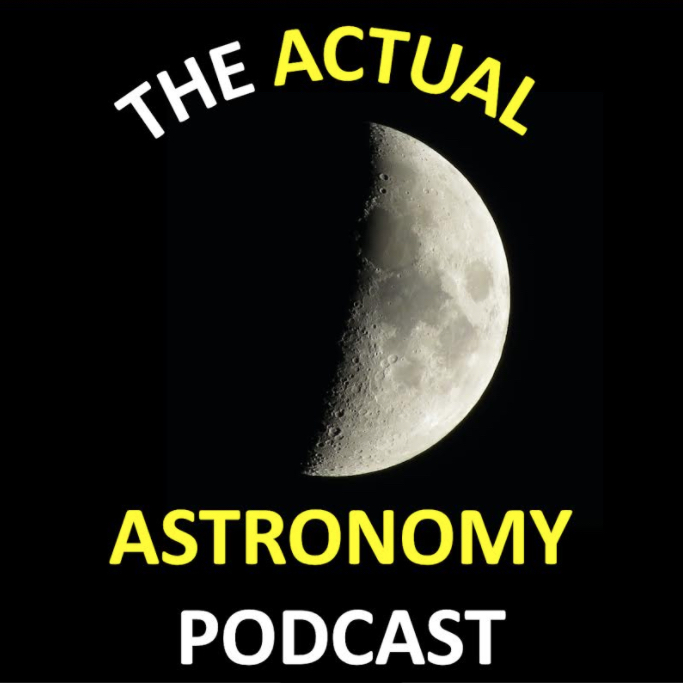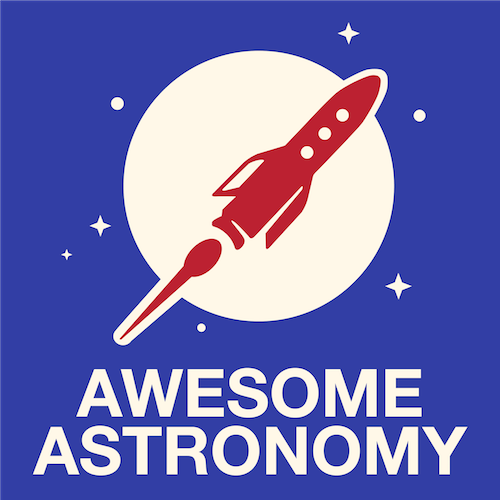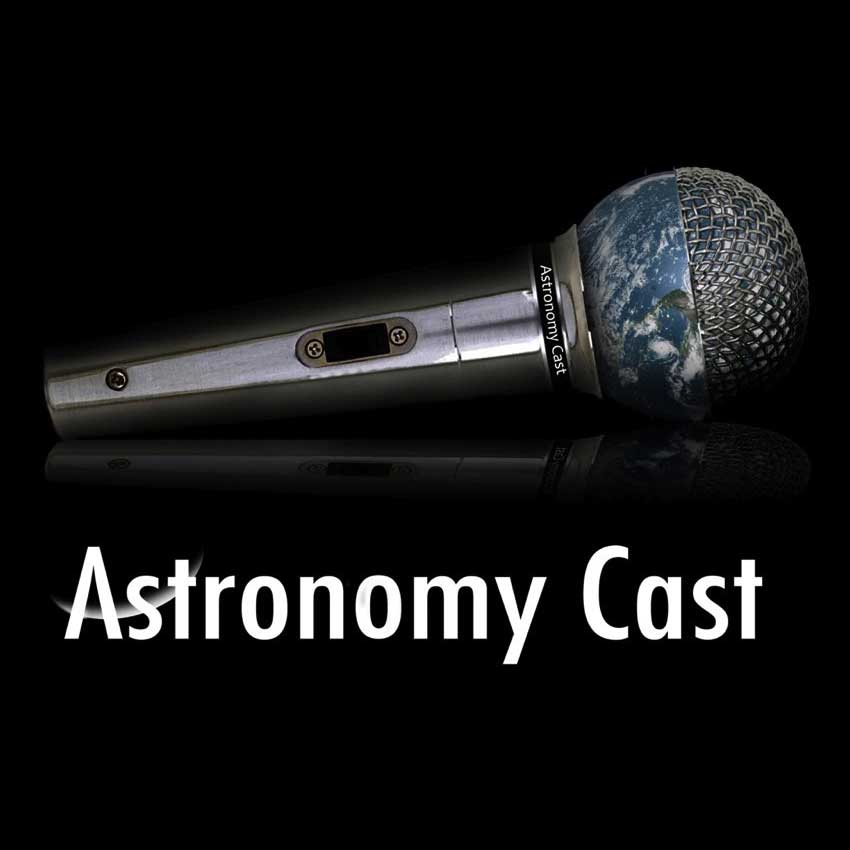Today’s Episode
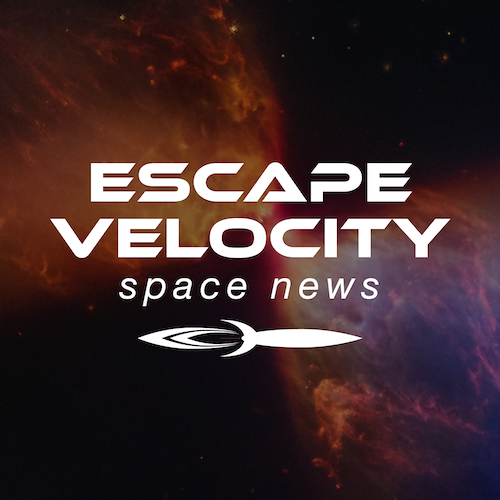
Sep 6th: Quasi-Satellite of Earth Has Lunar-Like Material
Quasi-satellite Kamo’oalewa, which currently orbits the Earth, is similar to a lunar sample collected during the Apollo 14 mission.
Subscribe & Follow
Project Director: Avivah Yamani
Audio Engineer: Richard Drumm
Executive Producer: Pamela L. Gay
Learn more about us on our
Credits and Sponsors page.
We are a community podcast,
bringing you the voices of astronomy & astronomy lovers,
everyday of the year.
More Recent Episodes
Jul 3rd: Observing With Webb in July 2021
Like fireworks, July is mostly quiet and dull, but the noisy and bright events really make it worthwhile. We have two pairs of planets, visible during opposite times in opposite places, and surreptitious visits from the Moon.
Jul 2nd: Celebrating Our WSH Journalist Team – Season Finale
This week, in our Season Finale, we are celebrating and honoring an extra-special group of people on the Weekly Space Hangout: Our Journalist Team! And of course News update!
Jul 1st: Objects to Observe in the July 2021 Night Sky
The Actual Astronomy Podcast presents Objects to Observe in the July 2021 Night Sky and places a focus on sky events to help you find the planets as Jupiter, Saturn, Mars, Mercury and Venus meet up with each other and the Moon.
Jun 30th: Awesome Astronomy Extra: Betelgeuse
To illustrate the epic saga of the Great Dimming of Betelgeuse, in this podcast extra, we revisit all our previous discussions of the red supergiant – collated just for you in one handy dandy place!
Jun 29th: Stellar Siblings Found & Both Have Planets
Two seemingly unrelated stars, each with several exoplanets, turn out to be members of an enormous, diffuse star cluster. Plus, baby squid go to the ISS, new images from China’s Zhurong rover, a brightening blazar, and an interview with scientist Sophia Gad-Nasr and artist Cathrin Machin about how art and science work together.
Jun 28th: What is Required to Confirm Alien Life: Intelligence Edition
This week, @AstronomyCast discuss what it’s going to take to detect intelligent life out there in space.


